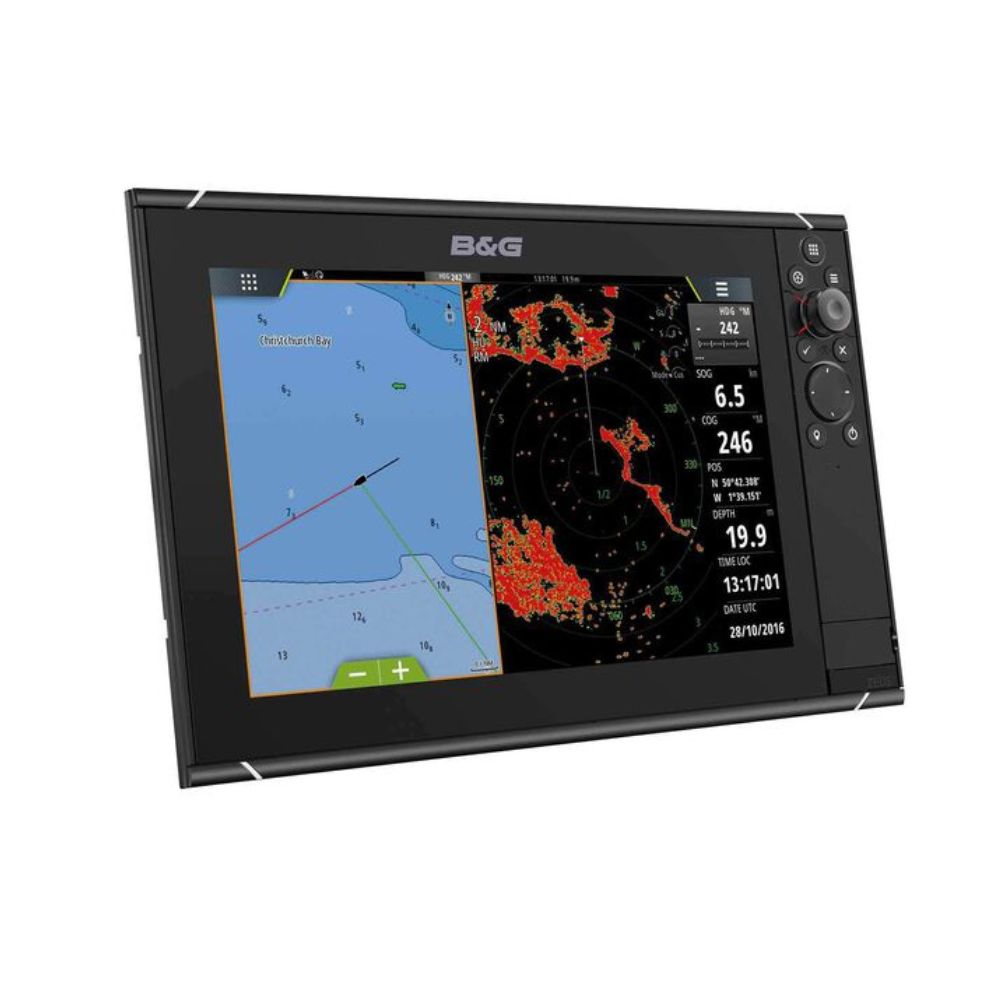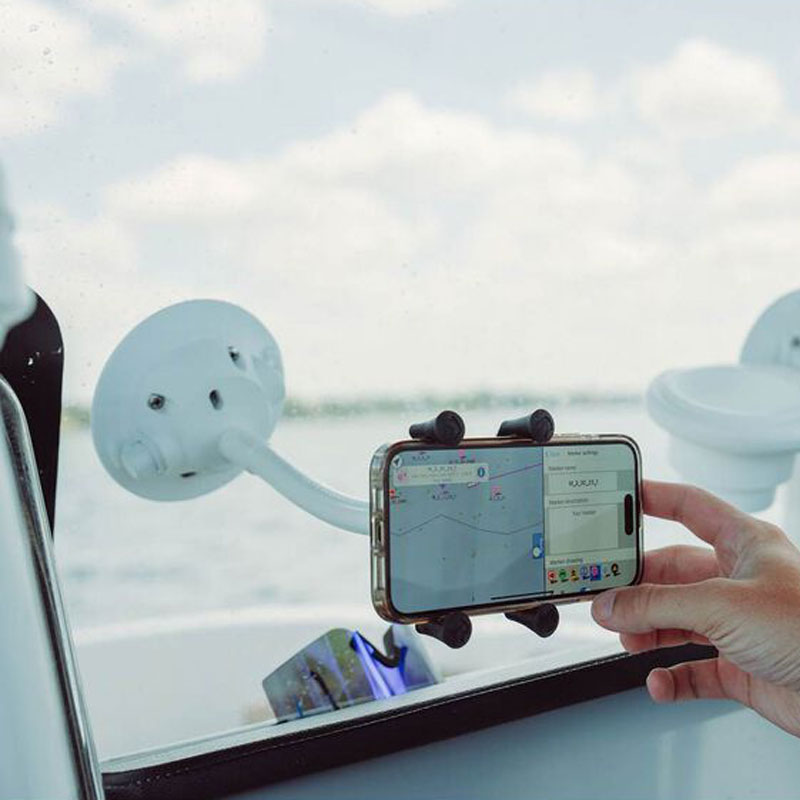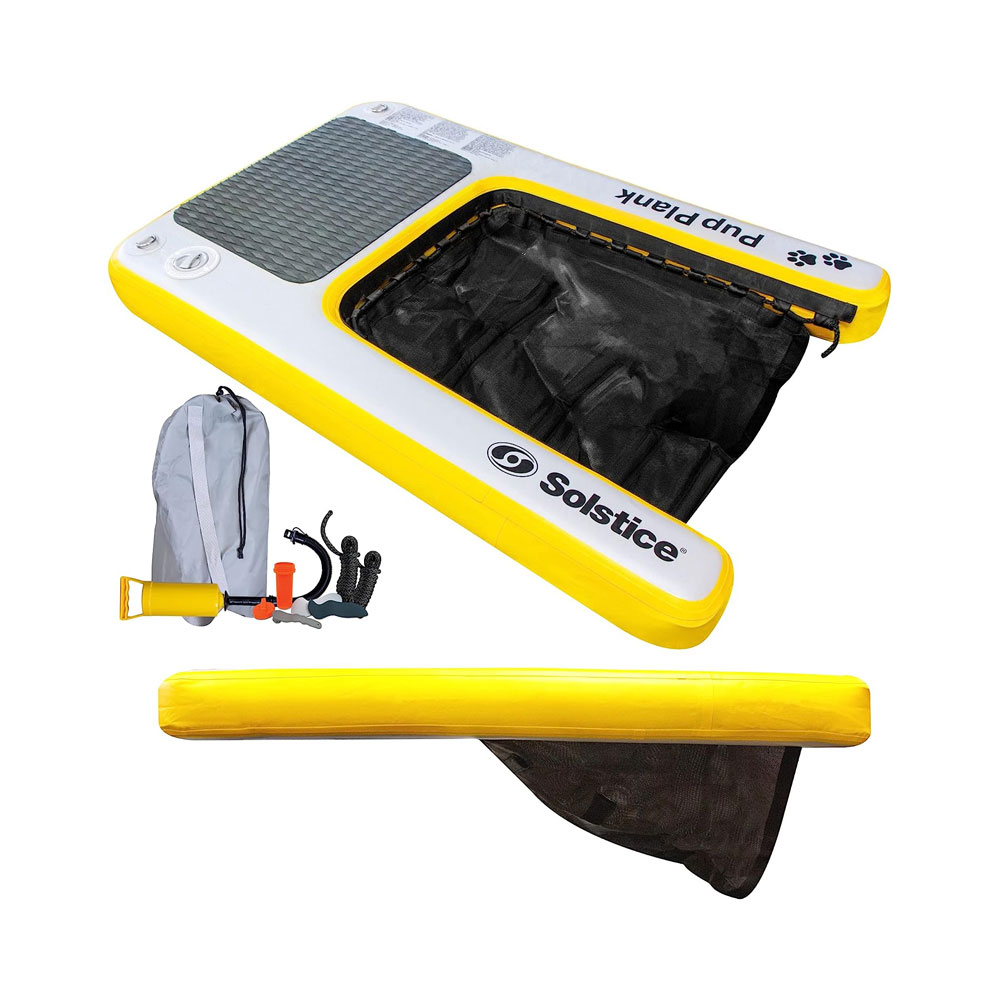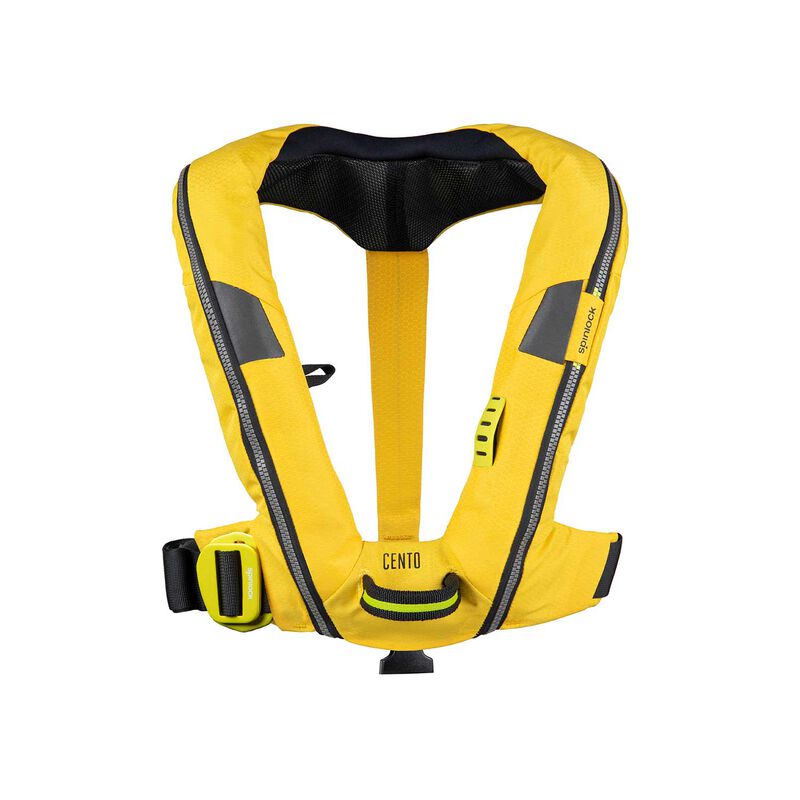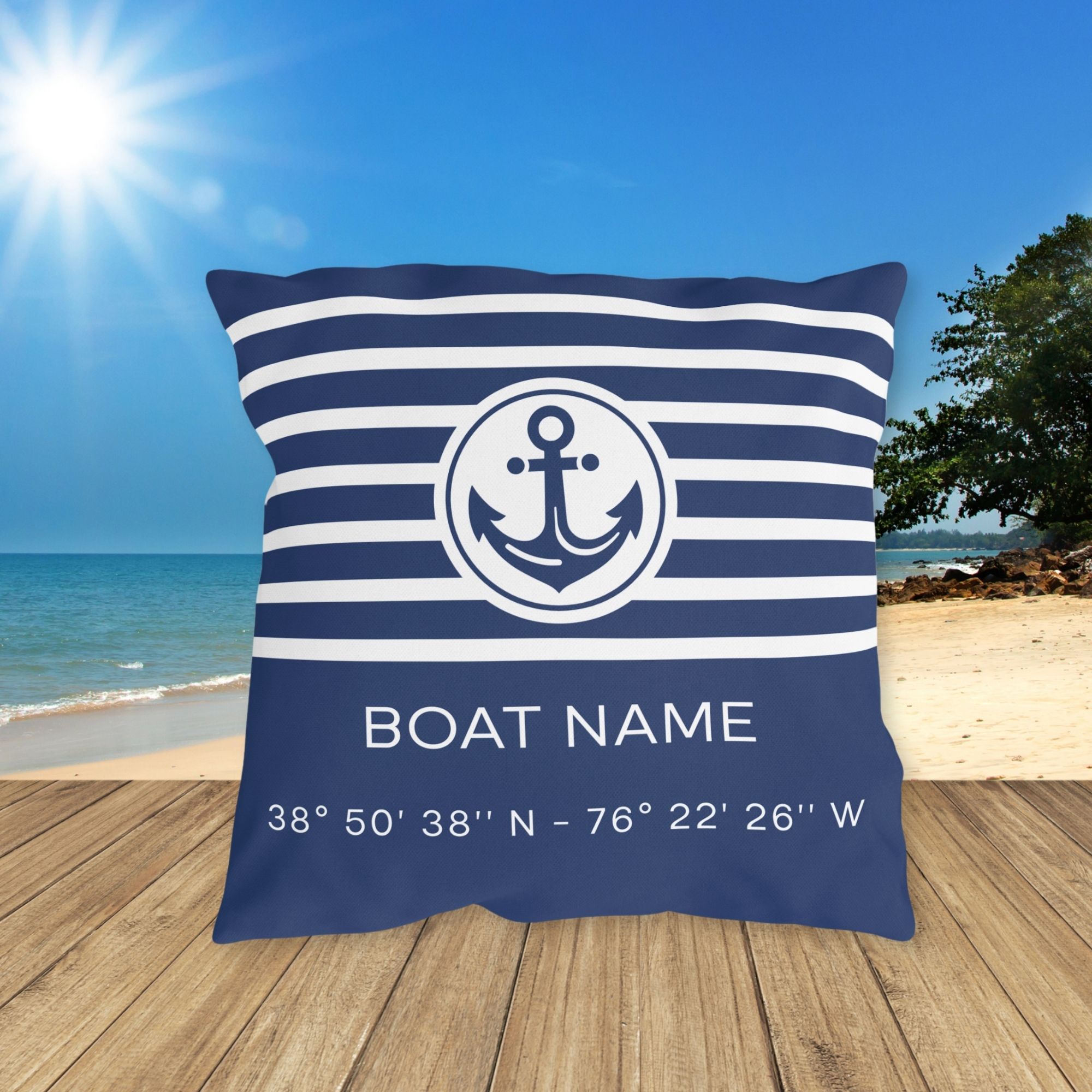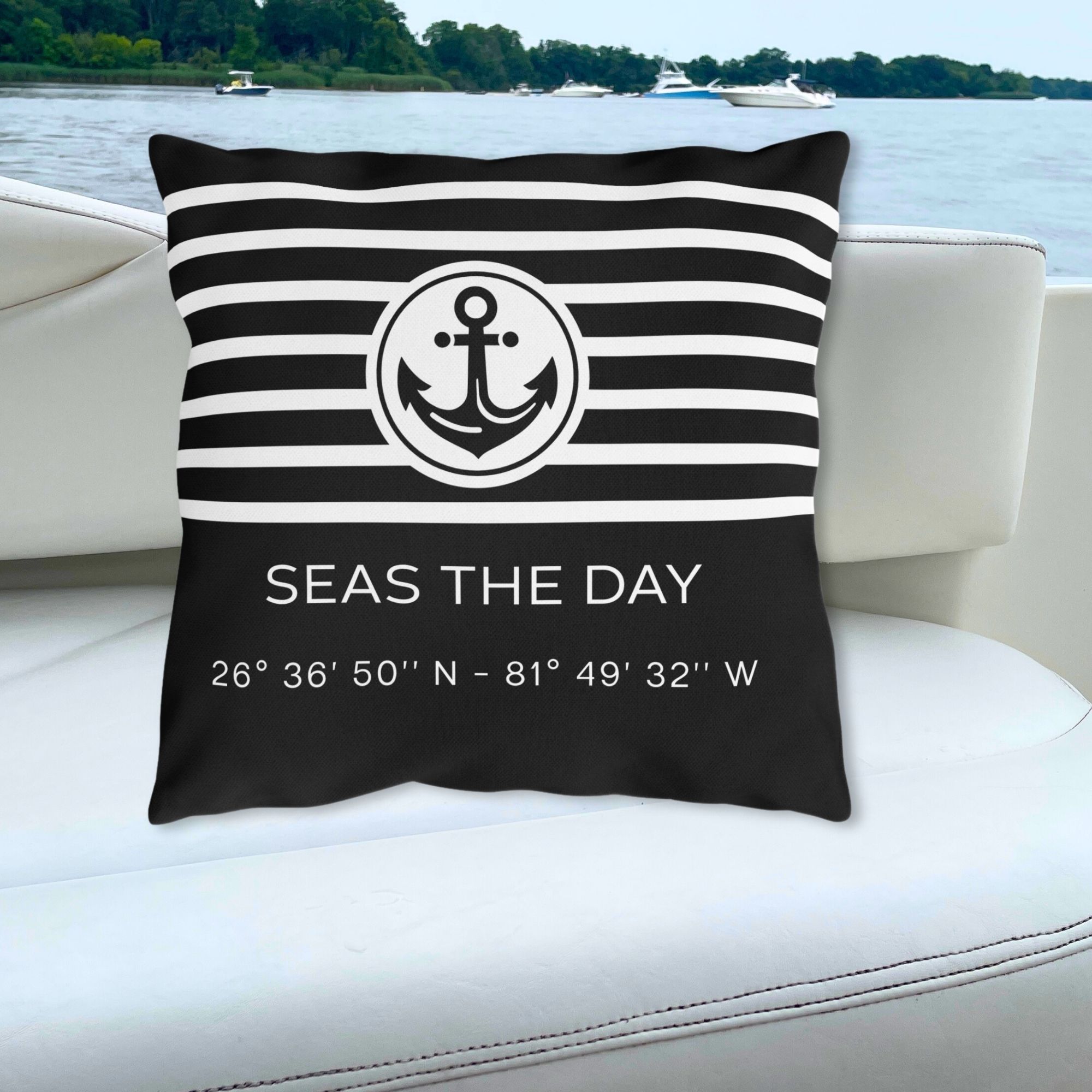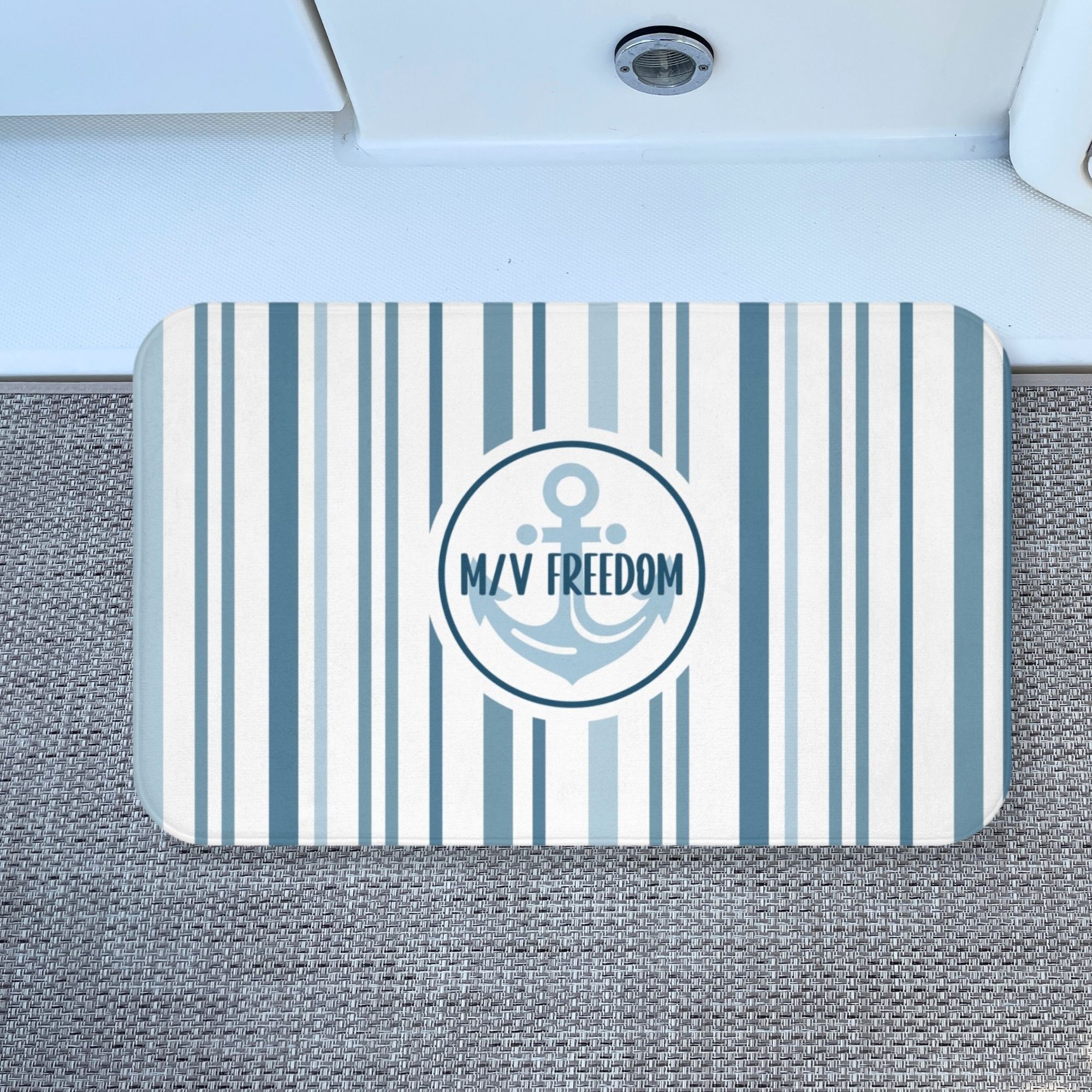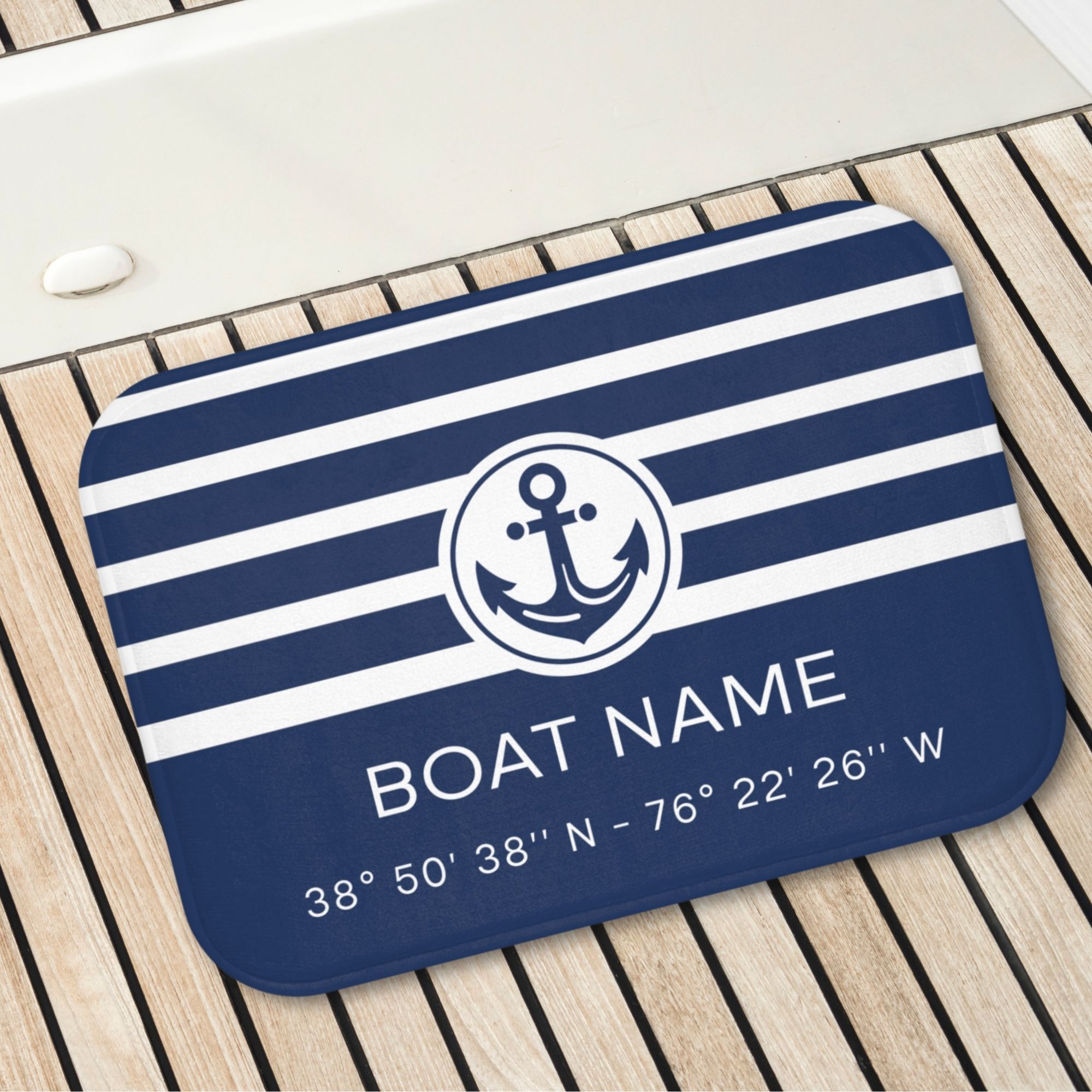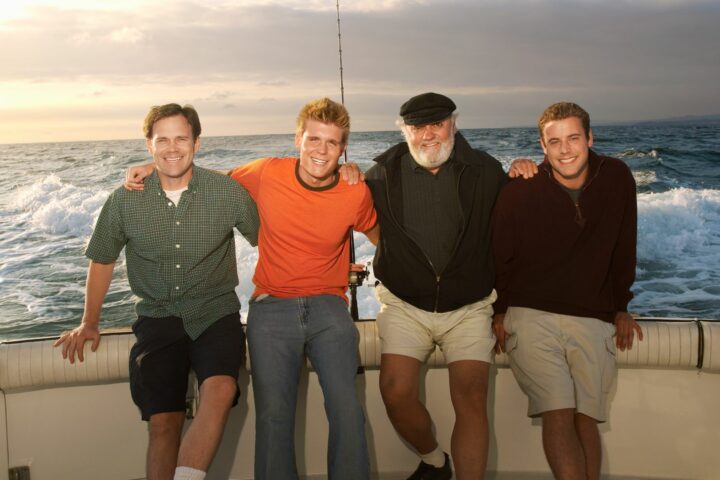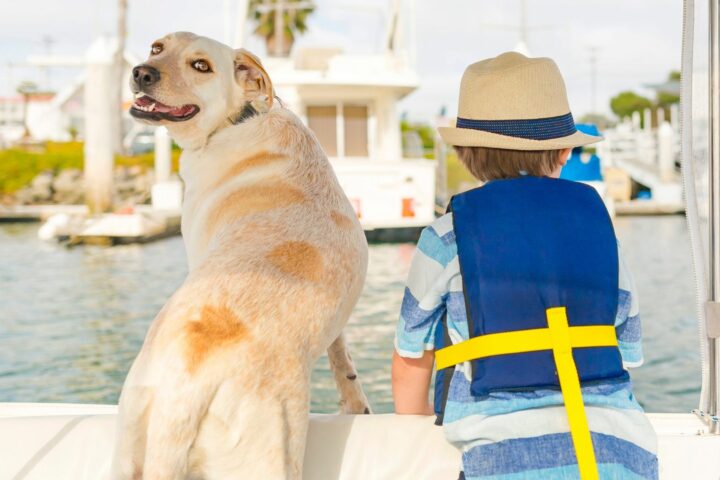
Family boating trips create a different kind of memory. The water changes daily. Weather shifts. Kids grow. Routes evolve from short shoreline cruises to longer weekend runs. Documenting these moments preserves not just the trip, but the way your family moved, explored, and interacted with the water at that point in time. Effective documentation does more than capture images. It reflects patterns, experiences, and the technical details that make each outing unique.
Below are ways to record your boating memories so they remain clear, organized, and meaningful for years to come.
Combine Photography With Environmental Data
A standard snapshot captures the scene. But boating memories often rely on the conditions around the moment—light, wind, tide, and movement. Recording environmental details adds depth and accuracy.
Pairing photos with data such as:
- GPS location
- wind speed
- tide levels
- time of day
- water temperature
- route tracking
helps build a more complete record. Many chartplotters and marine apps automatically store this information. Exporting these logs and matching them with images creates a technical layer to your storytelling. Years later, you’ll remember not just the picture, but the exact conditions when it was taken.
Use Digital Logbooks for Real-Time Notes
Traditional boat logbooks track fuel, engine hours, and navigation decisions. But modern digital versions allow families to add narrative notes alongside technical data.
You can record:
- who was onboard
- what wildlife you saw
- the challenges of the route
- maintenance reminders
- standout moments with your kids
Digital logs also sync across devices, making it easy to add entries during anchorage breaks or quiet stretches of a trip. These notes often become more valuable than the images themselves because they capture the context behind each outing.
Create High-Quality Printed Books
Printed photo albums still outperform digital collections when it comes to long-term accessibility. Hard drives fail. Phones change. Cloud accounts get reorganized. A printed book sits on a shelf and becomes part of your home’s history.
High-quality Mixbook photo books offer customizable layouts and durable print options. You can combine photos, route maps, and personal notes into one curated piece. Include captions, trip summaries, and scanned items like marina receipts or kids’ drawings.
A well-designed photo book turns annual boating adventures into a family archive. It also encourages everyone to participate—children love helping choose photos or writing a caption for their favorite moment.
Use Video for Movement and Sound
Water behaves differently in motion. Even a calm day has a rhythm. Recording short video clips captures nuances that photos miss—engine rumble, wave slap, conversations, and shoreline movement.
For more technical documentation, combine video with:
- engine RPM readings
- navigation overlays
- time-lapse sequences of docking or anchoring
- drone footage of routes and anchorages
These clips become valuable for both memory and training purposes. Younger family members eventually learn docking and navigation skills by watching older video logs.
Build a Yearly “Boating Dashboard”
A dashboard is a compact, organized summary of a season. It includes metrics, highlights, and trends that show how your boating habits evolve.
A typical family dashboard includes:
- total hours underway
- total distance traveled
- number of trips
- new locations visited
- maintenance performed
- standout experiences
Dashboard summaries help families see long-term progress. They also assist with planning future seasons by identifying gaps—routes you didn’t take or anchorages you want to revisit.
Collect Physical Artifacts
Documentation doesn’t need to be digital. Boarding passes, fuel dock receipts, marina stickers, tide charts, kids’ journal entries, and even dried wildflowers from a shoreline walk create physical layers to your story.
When paired with photos or log entries, these items add texture to your archive. A simple binder organized by year can hold artifacts that support your digital documentation.
Share Memories Through Family Group Albums
Shared albums help distribute the responsibility of documentation. Everyone adds their perspective. Your partner captures moments you missed, and your children document things that matter to them.
Use simple rules:
- upload only your best images
- add brief captions
- label routes or dates clearly
Shared albums keep memories from being siloed on one person’s phone. They also create redundancy that protects your archive from data loss.
A Growing Number of Families Are Documenting Outdoor Time
According to the Outdoor Industry Association, 53% of U.S. households increased outdoor recreation activities in recent years, leading to more families looking for structured ways to document their experiences.
Boating fits directly into this trend. Families want reliable, long-lasting ways to capture how they spend time on the water.
Conclusion
Documenting your family’s boating adventures goes beyond saving pictures. It means capturing the movement, conditions, and personal moments that define each trip. Whether you use environmental data, curated photo books, video logs, dashboards, or physical artifacts, you build a family archive that grows more meaningful with time.
Your boat becomes more than a vessel, it becomes a moving record of family history.
Trending Now: Must-Have Boat Gear for Your Boat Life
Trending Now: Custom Boat Decor
-
Boat Pillow with Boat Name & LAT LONG Coordinates
Quick ViewBuy on Etsy -
Boat Pillow with Boat Name & LAT LONG Coordinates- Black
Quick ViewBuy on Etsy -
Coastal Blue Stripes Bathmat with Anchor & Boat Name
Quick ViewBuy on Etsy -
Custom Boat Mat with Boat Name & LAT LONG Coordinates
Quick ViewBuy on Etsy
Disclosure: This site may contain links affiliated with companies where we receive compensation. Also, as an Amazon Associate we may earn from qualifying purchases we refer but it does not impact the price you pay. Full disclosure policy.

